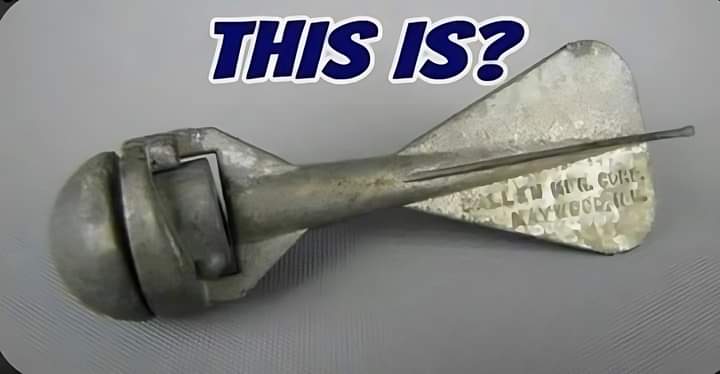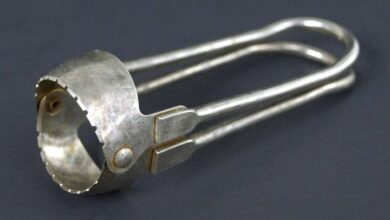The Practice Bomb: A Safe Simulation for Military Training

ADVERTISEMENT
The Practice Bomb: A Safe Simulation for Military Training
In the early to mid-20th century, as aerial bombing became a crucial component of military strategy, there was a pressing need to train pilots and bombardiers in accurate targeting without the inherent dangers of live ammunition. This need led to the development of practice bombs like the Mark 1 Practice Bomb, designed to mimic real bombs in size, shape, and weight but without the explosive payload. These devices allowed military personnel to gain hands-on experience in handling, dropping, and aiming without the risks associated with live explosives.
Design and Functionality
A practice bomb is typically made of metal or a similar durable material and is shaped to resemble the streamlined form of a real bomb. The key characteristics include:
- Weighted Body: The practice bomb contains enough weight to simulate the descent speed and impact of a live bomb, helping trainees understand the effects of gravity and aerodynamics.
- Fin Stabilization: The fins at the back help maintain stability and accuracy during flight, ensuring that it follows a similar trajectory to a real bomb when released.
- Signal Charge (Optional): Some practice bombs were equipped with a small smoke or flash charge that would ignite upon impact. This provided a visible indication of where the bomb landed, allowing trainees and instructors to assess accuracy without risking actual explosions.
Purpose in Military Training
The primary purpose of these practice bombs was to help pilots, bombardiers, and ground personnel improve their targeting skills. Dropping a bomb accurately requires precise timing, positioning, and understanding of variables like wind and altitude. By using practice bombs, trainees could repeatedly practice these skills in a safe environment. Ground teams could also use them to practice loading and handling procedures without the risk of detonating a live bomb.
ADVERTISEMENT
Historical and Collectible Value
Today, vintage practice bombs like this one have become collectible items, valued for their historical significance and unique design. They represent a time in military history when precision in aerial bombing became essential, and training became more sophisticated. Collectors and history enthusiasts often seek out these items, and they can sometimes be found in military museums, serving as a tangible reminder of the rigorous training that armed forces undergo.
The Legacy of Practice Bombs
While modern military training now incorporates advanced technology like flight simulators and digital targeting, the practice bomb played a crucial role in preparing past generations of soldiers and pilots. These objects symbolize the evolution of military training techniques and the importance of safe, controlled learning environments in high-stakes professions.
The practice bomb stands as a fascinating relic of military history, showing how technology was adapted to ensure safety in training. Its design allowed for effective practice without the risks, making it a testament to both innovation and practicality in military preparation.



